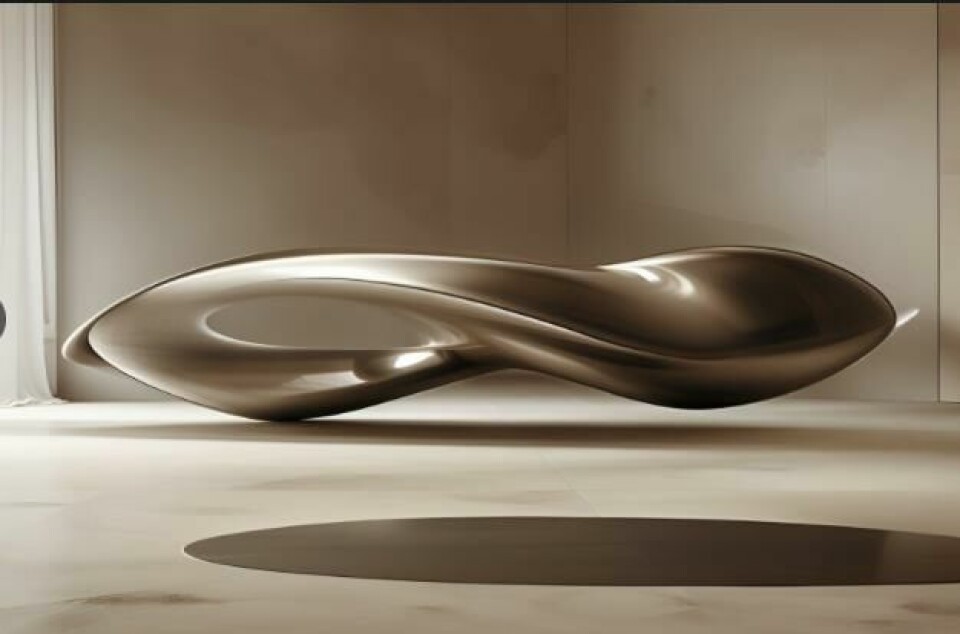
Digital design tools: the state of play in 2025
Software is a constituent part of the modern design studio. We survey a number designers about the state of digital tools, and get some unexpected encouragement from ‘Ratatouille’
It’s 2025. Do you know where your favourite sketching pencil is? Does it even matter? Design studios across all disciplines are increasingly digitising their workflows from conception to manufacturing. Our February Focus is about these tools – software mostly; we will review hardware for another time. Apologies to Wacom, Oculus, and the various computer makers.
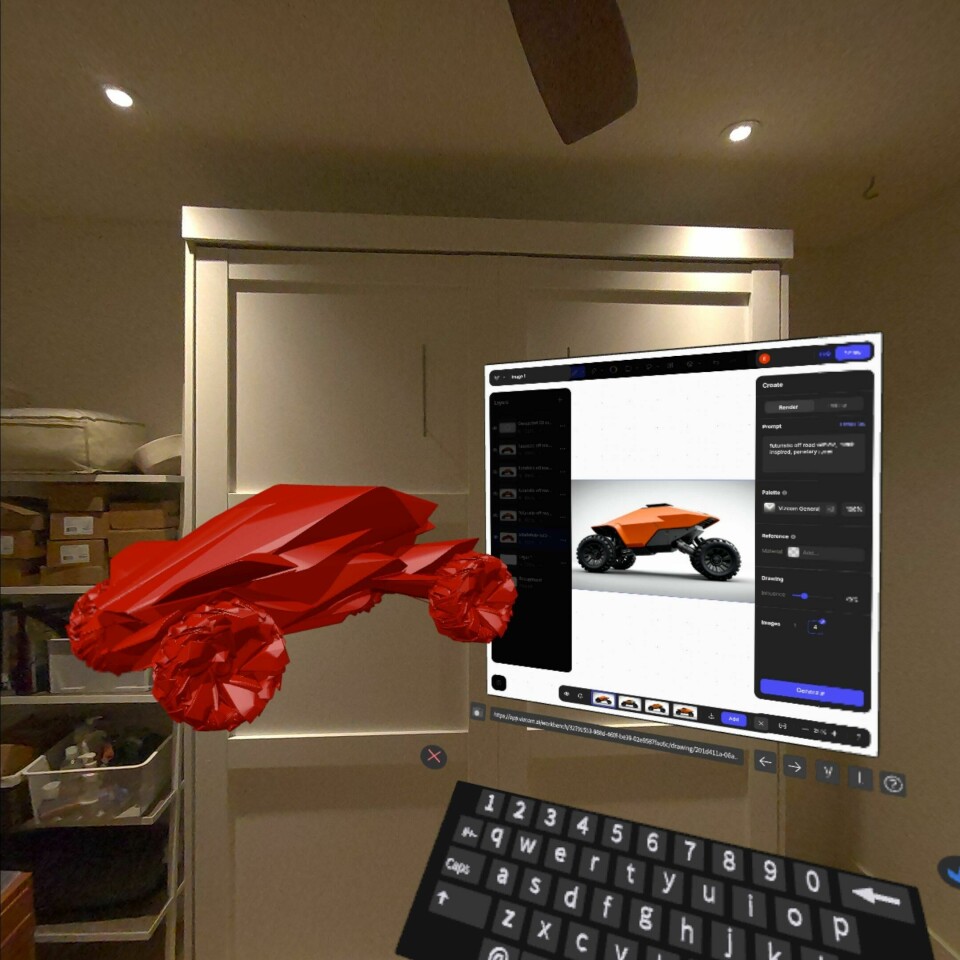
We surveyed a number of design professionals at OEMs, independent studios, and educators about their digital tools of choice. Below we present a few of our findings and a look into the future. Interviews with some of these designers will follow throughout the month.
Let’s start with the elephants in the room: Alias and CATIA. The essentials in a modern design studio, both programs allow for modeling, highly detailed Class ‘A’ surfacing, and rendering. In recent years both platforms have added programs to enable sketching and simpler modeling as prelude to more sophisticated modeling in the design process. Both have the ability to transfer model data to engineering and manufacturing software, allowing for a more streamlined design process. Indeed, this is their primary strength, allowing for a more integrated workflow from initial sketch to manufacturing.
They remain foundational in the modern digital studio. They are also expensive, and the learning curve is steep (like all such programs), often forcing individual designers and small studios to seek out other software, especially in the ideation and rendering phases of the design process.
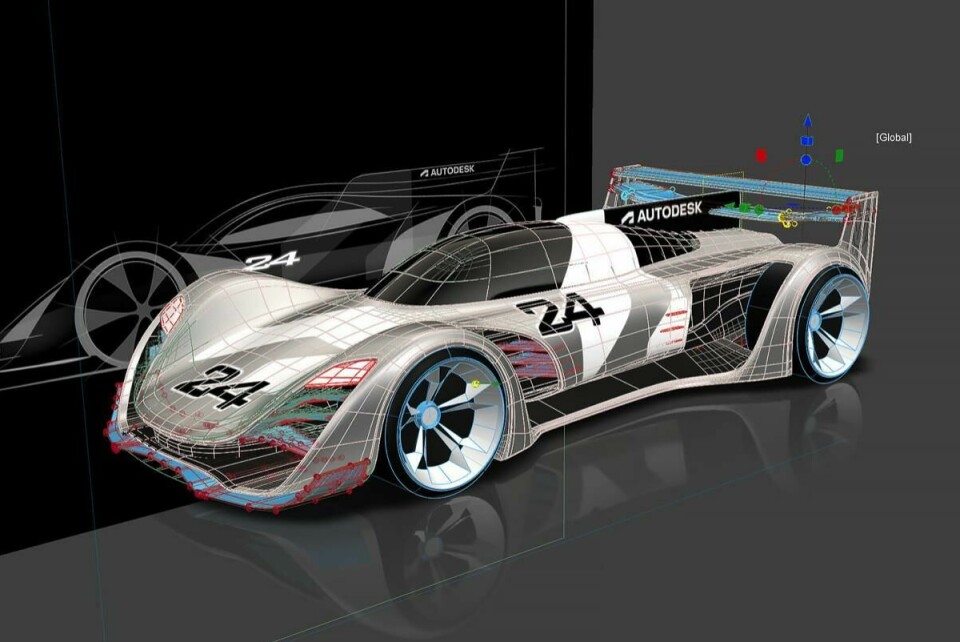
Eric Stoddard, director of The Car Design Academy in California, noted, “Alias will remain an essential tool in the traditional studio workflow for years to come, especially when it comes to later-stage Class A surfacing refinement. But rapid 3D development tools like Gravity Sketch and Blender have effectively taken over the early-stage creative 3D development. Also, these tools have caused a blurring of roles between designers and modelers. Designers are increasingly able to express their ideas directly in 3D, rather than hand off a sketch to a modeler.”
One could start the ideation process with Alias or CATIA, but many designers are working with Blender, a free open-source modeling and sculpting software which has added many rendering and animation features in the last few years. It’s great for modeling the basics of form, and can be incredibly powerful sculpting tool, but its portability to other programs is limited.
Vizcom is a rendering and modeling program that has become very popular in the last year, as it can take input images (like sketches) and render them or generate 3D models. Perfect for ideation, the models can be exported for printing or to AR programs. Just look at Vizcom’s website and see how many OEMs are listed, and it is immediately apparent that this is not a niche product. And a subscription is affordable even for an individual designer.
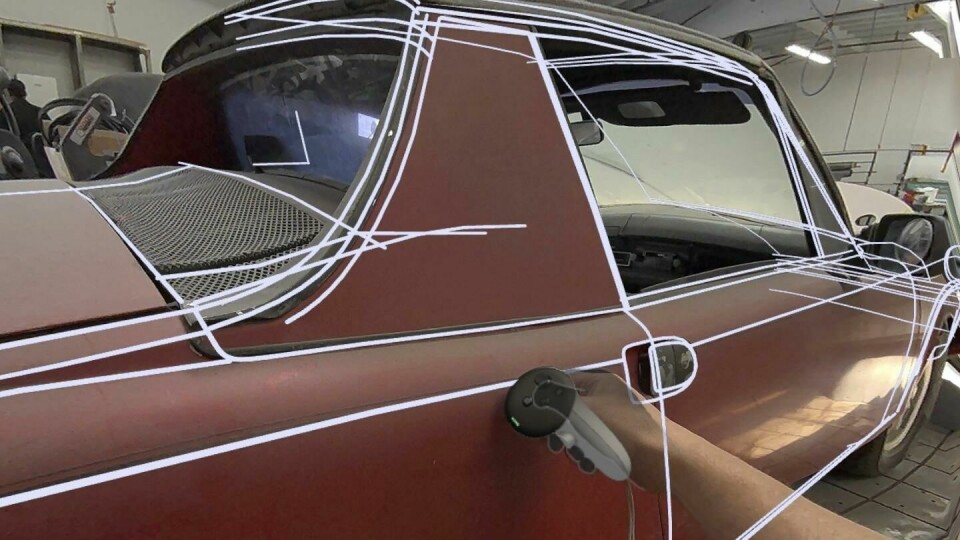
But almost every one of our respondents mentioned the “hottest” visualisation and modeling software: Gravity Sketch. An AR/VR software that requires a headset and controllers to operate, it can be incredibly powerful tool to visualise, sculpt and even render ideas. All this can be done in a virtual room which can have an entire (small) design team engaged in the process.
Cor Steenstra, a consultant and educator who spent many years at Mercedes, Porsche, Volvo, and others, spoke to us about Gravity Sketch. “Designing in 3D space provides a better sense of scale and proportion compared to traditional 2D sketches. Teams across different locations can work together in a shared virtual space, making collaboration seamless. VR presentations allow clients to experience designs in a lifelike environment, improving feedback.”
VR is not without its drawbacks, however. David Woodhouse, vice-president of Nissan Design America reminded us: “One of the main shortcomings of VR is that some stakeholders find the equipment a bit cumbersome – the goggles and tethers can be quite awkward and make it difficult to move around, and can even look silly. And with most software, not being able to see the reactions of people in the same room can be disconcerting for leaders. We’ve worked on solutions like dedicated VR training and streamlined setups to ensure everyone can make the most of this innovative tool.”
“Automotive design is highly derivative by nature”
Visualisation is one of the areas where artificial intelligence has made strong inroads. Photoshop, one of the most popular go-to programs around, now has a strong AI component.
Other AI programs like Midjourney, Stable Diffusion, Depix.AI, Adobe Firefly, and others, along with AI video software like RunwayAI, Krea AI, Sora, and others have greatly multiplied the options and abilities to generate concepts quickly and with rendering-like quality, both in image and in video. In some ways, these programs have re-defined what a ‘sketch’ is, though the traditional sketch will always be precious to designers.
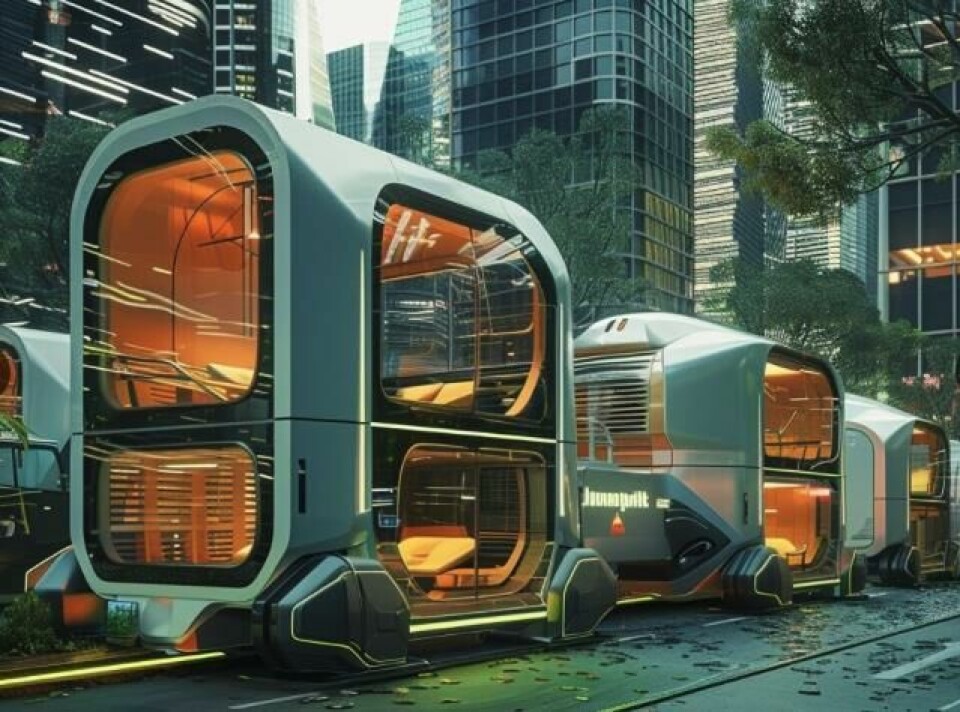
We asked Ehab Kaoud, formerly of Ford, about artificial intelligence – does it have value? “Absolutely. It is sort of like the phrase in the movie Ratatouille, ‘Anyone can cook.’ With AI, anyone can design or at least develop something good enough to be considered appealing. AI has come a very long way in a short amount of time and will continue to reach new heights. I do not only see AI as the direct support for designers to create conceptual ideation. The ability to innovate is still in the mind of the creator. Where I see AI truly flourishing is in the indirect support of designers and creatives.
These are in the streaming of the process of innovation, in offering the alternative idea to your already created concept. I see it accelerating the development of the product by collaboration of different functional facets. I also view it as a great marketing tool by which a company can arrive at a solution quicker. What is going to be exceptional in the AI world is its ability to develop at the learner’s pace, and frame of mind. AI will be responsible for many Einsteins soon.”
“Anyone can cook”
Any discussion of Artificial Intelligence inevitably leads to discussion of ethics. AI software “scrapes” the internet for data and many feel that any images created are copies or collages of original work by others. But AI generated ideas and images can be original in their combinations of images, and a US court has ruled that such work can be copyrighted. That may not satisfy everyone who feels the foundation of the work builds on the work of others, and thus is both unoriginal and unethical.
Of course, you could argue that all art is built on the works of others- we are influenced by the past and present. Recall the famous quote by Picasso, “Good artists copy, great artists steal.” He meant that good artists merely copy a style, whereas great artists “steal’ ideas and technique and integrate it into their own unique aesthetic language, thus expanding the realm of artistic expression.
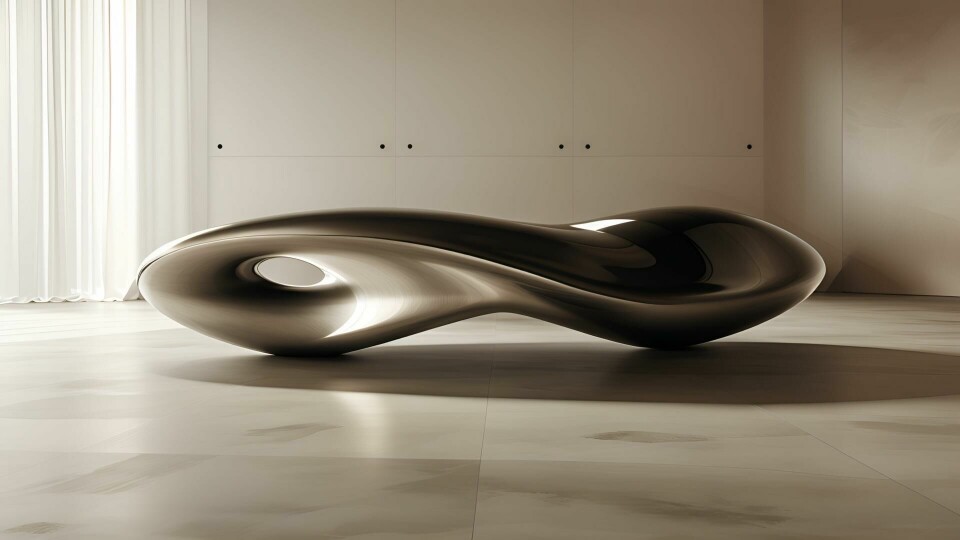
David Woodhouse commented: “We use AI software and yes, we see great value in it. I can say AI tools suit us well because automotive design is highly derivative by nature. AI has opened up a massive spectrum of ideation variations in fast time, and it is surprisingly novel and creative, which is immensely valuable.”
If your art is ”highly derivative by nature” doesn’t AI fit right in with the programme? Especially if you could train AI datasets on your brand’s design DNA and design trends that you want to incorporate into the next generation of vehicles.
The debate will no doubt continue for some time. But take note: The next generation of designers will not ask these questions. AI will be too integrated into their lives. They won’t question the ethics or even recognize it as a potential problem.
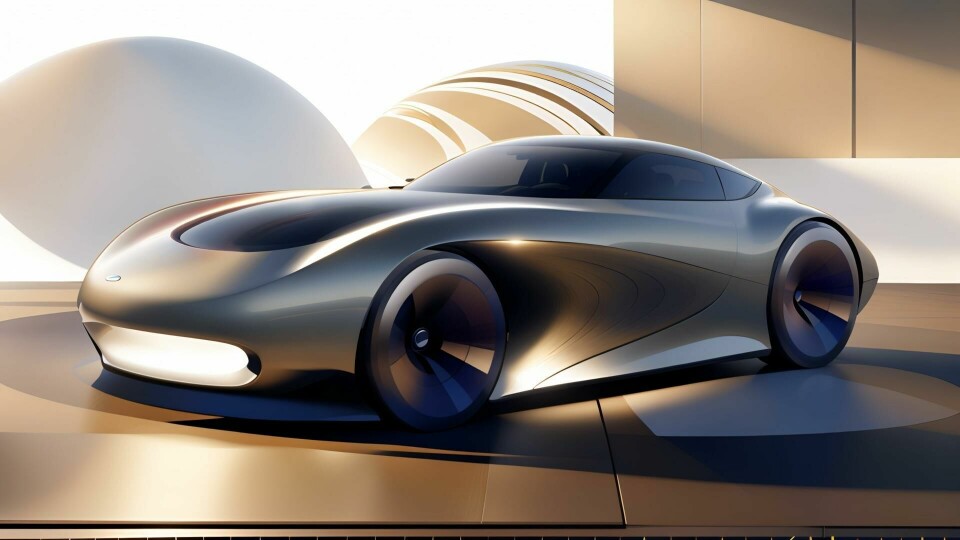
And for the future? All of our respondents expressed the wish for software that is more integrated end-to-end. Again, from David Woodhouse: “As designers, our ideal would be to go from idea to reality in one seamless process. Currently, it is massively fragmented by multiple steps and processes, involving many different teams and tools. The ’dream’ AI technology would be able to bring a designer’s fantasy to high-fidelity 3D reality in one step.”
Ehab Kaoud spoke of his dream software as an extension of his mind, trained on his personal preferences, ideas, and concepts, “ A software that is tailored to one’s frame of mind, that uses Ai to learn how one thinks and reformulate the software to work in that same frame of mind. We are all used to personalizing hot-keys in computers today, in the AI world, the hot keys become the actual structure of how the software operates that gets tailored to how one’s brain functions.”
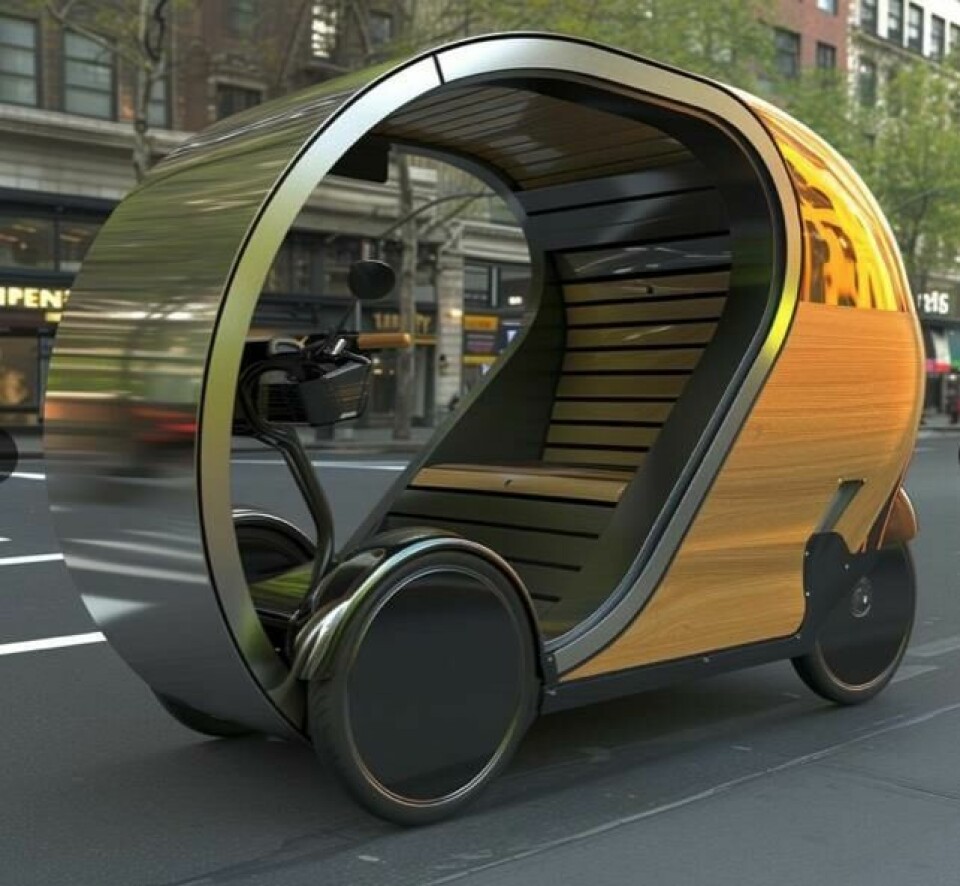
So is this the future? AI, trained on customizable data sets, plus the power of Alias or CATIA, and the versatility of sketching and modeling in VR and AR, all within an integrated workflow.. That’s a lot in one package and would require some serious computing power. But trends in the software space seem to be pointing towards this convergence and integration.
Cor Steenstra summed it up for us: “As automotive designers, we are at an exciting crossroads where technology is empowering creativity like never before. By embracing these tools while maintaining a human-centric approach to design, we can create vehicles that not only look stunning but also resonate with users on a deeper level.”
A hopeful future, indeed.
Except where noted, all images © Eric Stoddard



